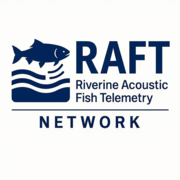Aquatic Ecosystem Health
The role of the Aquatic Ecosystem Health program is to conduct research to protect, mitigate, and enhance the health of aquatic ecosystems. Research conducted within the Program is focused on the following 3 areas of study, (1) controlling aquatic invasive species, (2) fisheries restoration, and (3) understanding the impacts of contaminants on aquatic ecosystems.













